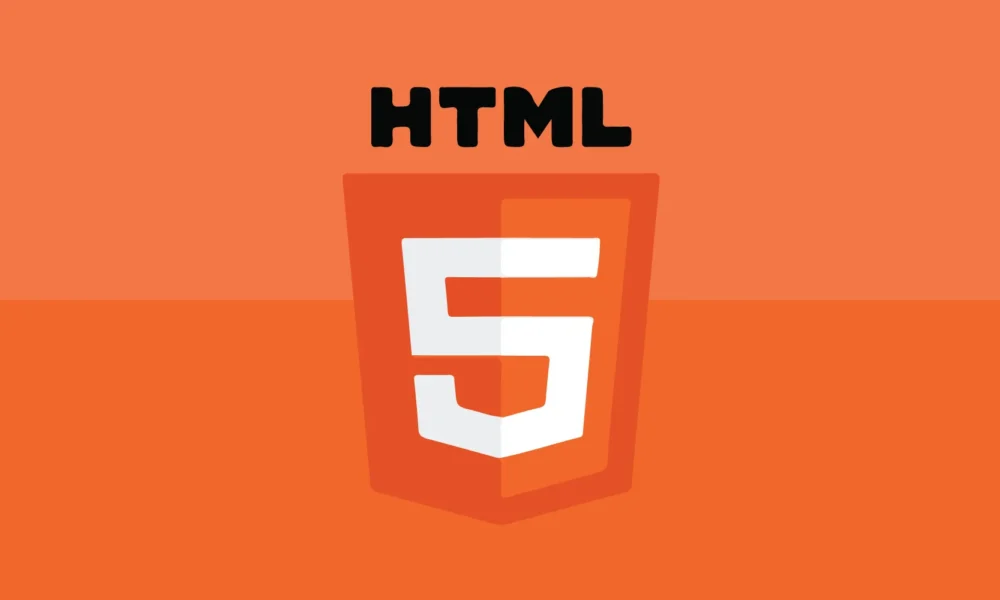In the realm of web development, HTML (Hypertext Markup Language) attributes play a crucial role in enhancing the functionality, accessibility, and styling of web pages. Attributes provide additional information about HTML elements and enable developers to customize their behavior and appearance. In this comprehensive guide, we’ll delve into the world of HTML attributes, showcasing examples for each element to illustrate their versatility and utility.
1. Understanding HTML Attributes
HTML attributes are additional properties that can be applied to HTML elements to modify their behavior or appearance. Attributes are specified within the opening tag of an element and consist of a name-value pair, separated by an equals sign (=). For example:
<element attribute="value">Content</element>
In this syntax:
elementis the HTML element to which the attribute is applied.attributeis the name of the attribute.valueis the value assigned to the attribute.
2. Commonly Used HTML Attributes
Let’s explore some of the commonly used HTML attributes and their applications:
a. class Attribute
The class attribute is used to apply one or more CSS classes to an element, allowing for styling and customization.
Example:
<p class="important">This is an important paragraph.</p>
b. id Attribute
The id attribute provides a unique identifier for an element, enabling targeted styling and scripting.
Example:
<div id="header">This is the header section.</div>
c. href Attribute
The href attribute is used with the <a> (anchor) element to specify the URL of the linked resource.
Example:
<a href="https://www.example.com">Visit Example.com</a>
d. src Attribute
The src attribute is used with elements like <img> and <script> to specify the source URL of the image or script.
Example:
<img src="image.jpg" alt="Description of the Image">
e. alt Attribute
The alt attribute provides alternative text for images, which is displayed in case the image fails to load or for accessibility purposes.
Example:
<img src="image.jpg" alt="Description of the Image">
f. title Attribute
The title attribute specifies additional information about an element, typically displayed as a tooltip when the mouse hovers over the element.
Example:
<a href="#" title="Click here to learn more">Learn More</a>
g. style Attribute
The style attribute allows for inline CSS styling directly within the HTML element.
Example:
<p style="color: red; font-size: 16px;">Styled paragraph text.</p>
h. target Attribute
The target attribute is used with the <a> element to specify where the linked content should be opened, such as in a new browser window or tab.
Example:
<a href="https://www.example.com" target="_blank">Visit Example.com</a>
Conclusion
HTML attributes are powerful tools that enable developers to customize and enhance the functionality and appearance of web pages. By understanding the diverse range of attributes and their applications, developers can create more interactive, accessible, and visually appealing web experiences. Whether you’re styling elements, linking resources, or enhancing accessibility, HTML attributes provide the flexibility and control needed to bring your creative vision to life on the digital canvas. So dive in, experiment, and let your creativity flourish with HTML attributes!
Welcome to DevTechTutor.com, your ultimate resource for mastering web development and technology! Whether you're a beginner eager to dive into coding or an experienced developer looking to sharpen your skills, DevTechTutor.com is here to guide you every step of the way. Our mission is to make learning web development accessible, engaging, and effective.












